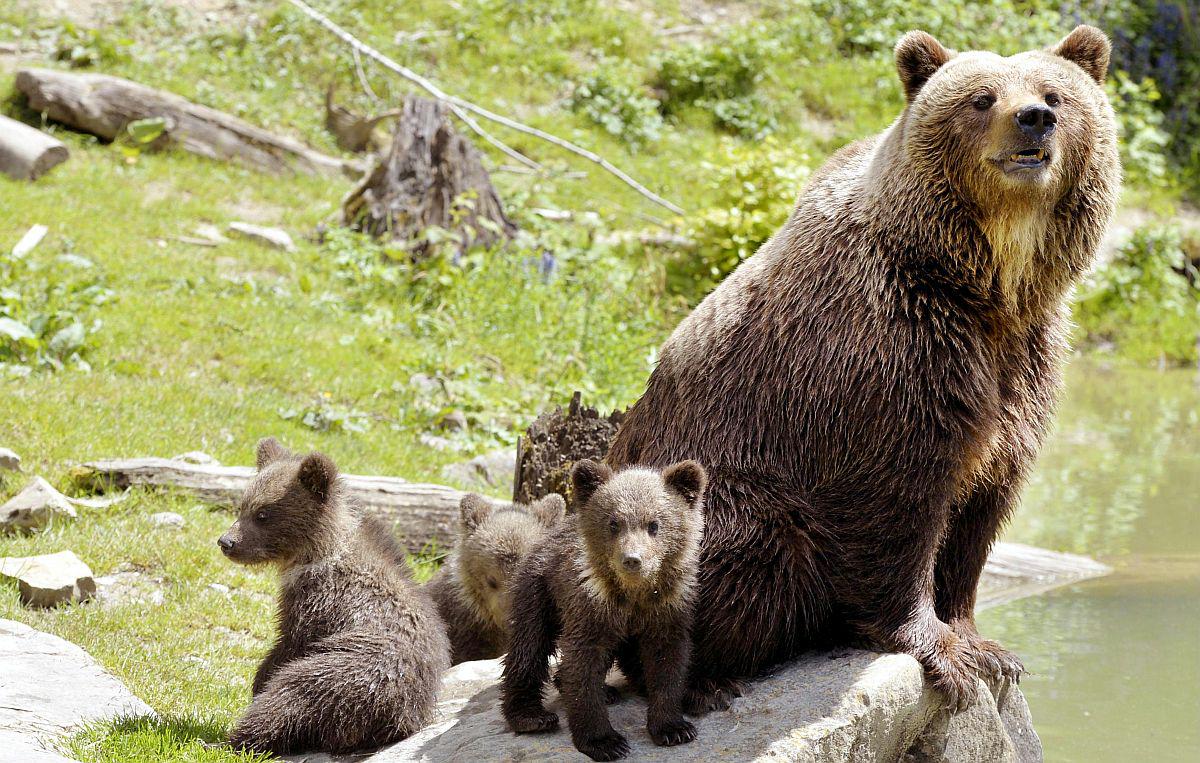
The most suitable time for watching bears is late in the afternoon, before the night sets in. That’s when visitors sit silently waiting for the furry creature to pass by, is how the Notranjska Regional Park describes bear viewing. The price for one person is set at 90 euros, for two at 120 euros, and for three persons at 150 euros.
Miha Jernejčič from the Notranjska Regional Park says the weather strongly influences the outcome of bear viewings. Animals adapt to the weather – if the winter is short and mild, bears wake up early from their "winter sleep" and bear viewing is possible earlier in the year. But even though bears start looking for food already in the spring, the spring season is not appropriate for bear viewing as the days are short and when darkness falls bears are difficult to see.
"Summer is more suitable. The days are longer so bears start searching for food before dark, and their daily routines are easy to predict. Of course, there are also many unpredictable factors to consider, for example forest work," Miha explains.
The team at the park assures that the bear viewings are safe for visitors, as they are accompanied through the forest – from the car to the observation point – by a hunter armed with a gun. "The observation point is four meters above the ground and shut, so there’s no chance for a bear to go in there during a viewing tour. If a bear senses a human, it retreats," adds Miha.
There is an automatic feeder powered on solar energy right next to the observation point. The feeder scatters food on the ground not requiring the presence of any humans. In that way hunters ensure that the bear does not connect the food to humans. The bear thus avoids making contact with humans, and spontaneous encounters are rare.
A 90 percent viewing success rate
Around 90 percent of all the bear viewing last year, according to the Notranjska Regional Park, was successful. The park links the success to the fair approach of the providers of viewing tours, who always monitor where the bears are and their habits. If a bear does not visit a certain location for a longer period, they rather admit that there is little chance for the viewing to be successful.
What’s it like to be protected as a Kočevje bear?
Since 2015, bear viewing in nature is also possible in Loški Potok, where bears pay regular visits to the surrounding forests. Hunters take visitors to the observation point, which can take up to six people. On its website, the Loški Potok Cultural and Tourist Centre says that all of its programs carry the 'Bear friendly' label and are based on the principle of co-existence between humans and brown bears.
Elsewhere, the Kočevje Tourist association offers visitors to feel what it’s like to be "protected as a Kočevje bear". Instead of guns, visitors go bear hunting armed with photo cameras or video cameras. The tourist association offers other activities as well.

































































